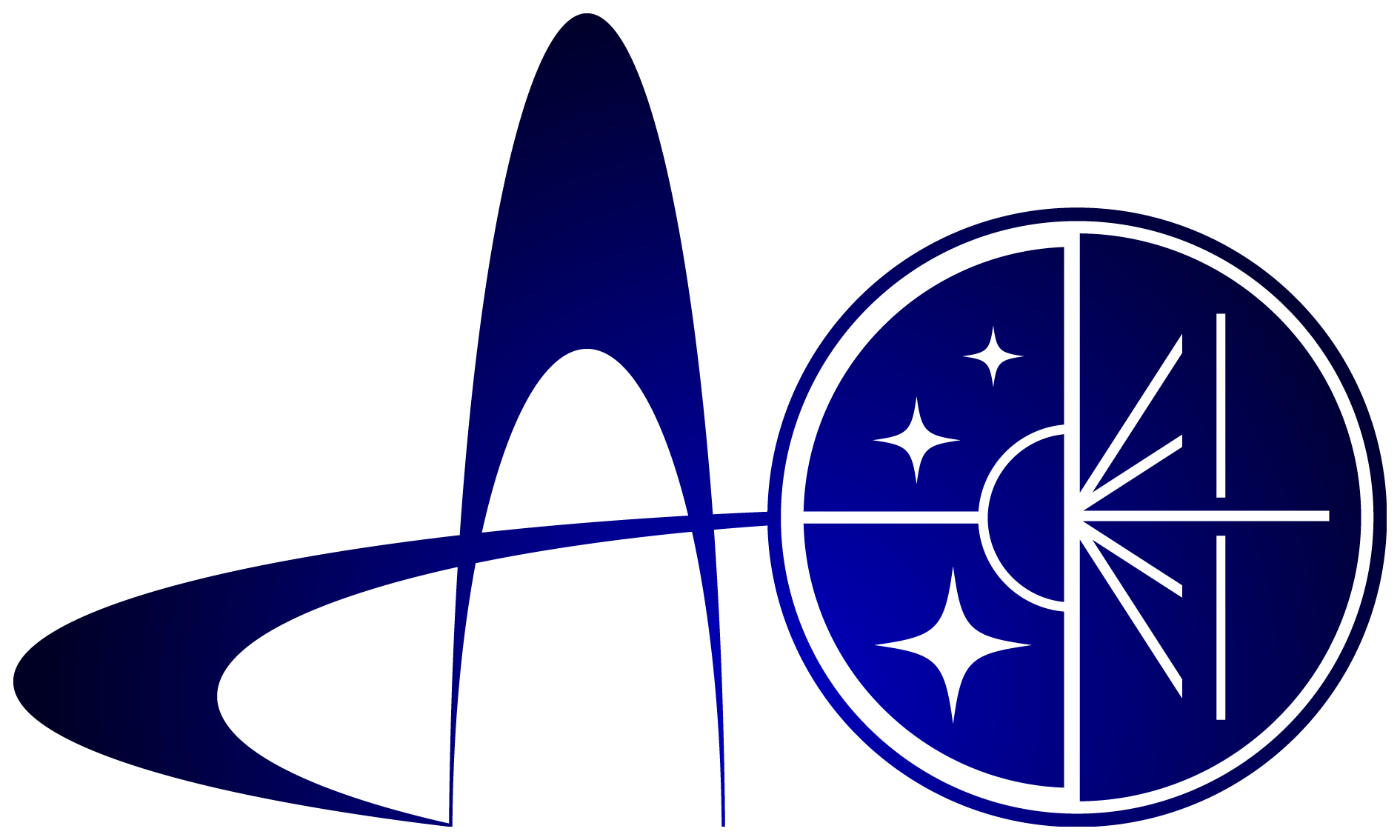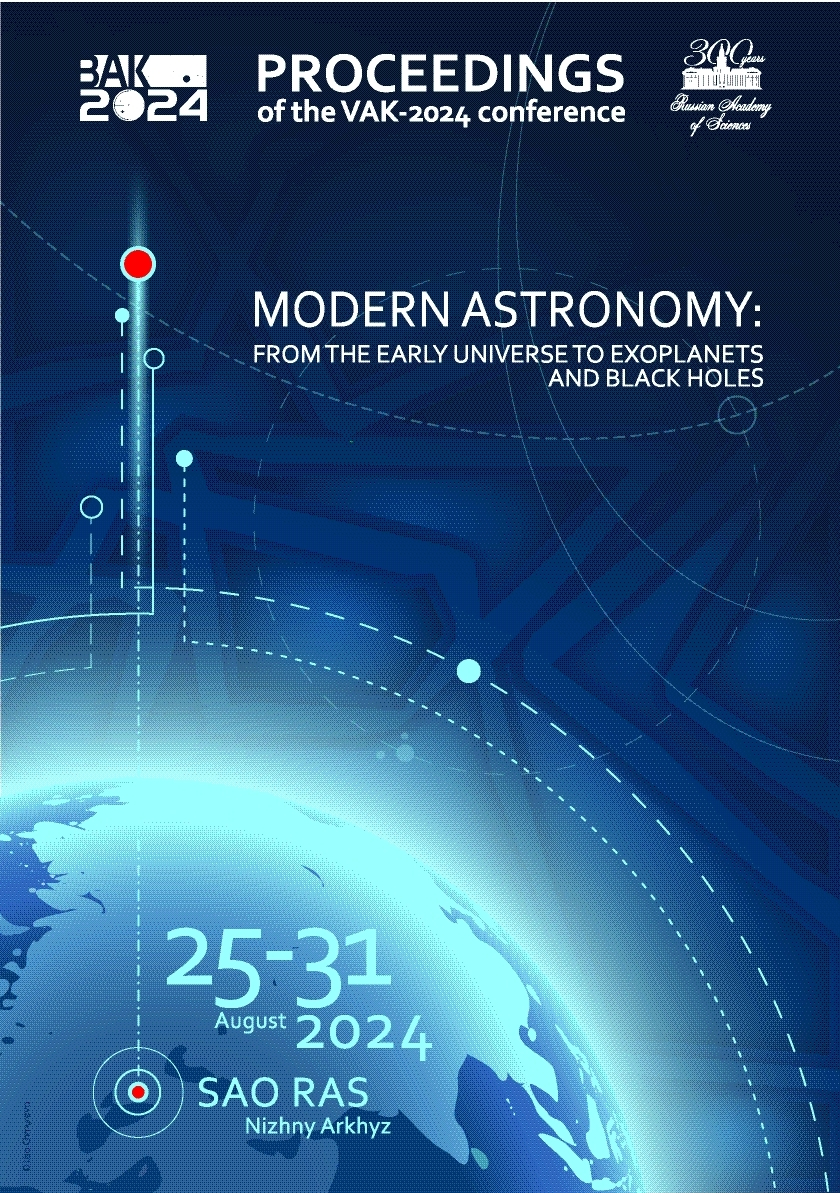UDC 53
UDC 520
UDC 521
UDC 523
UDC 524
UDC 52-1
UDC 52-6
CSCSTI 41.00
CSCSTI 29.35
CSCSTI 29.31
CSCSTI 29.33
CSCSTI 29.27
CSCSTI 29.05
Russian Classification of Professions by Education 03.06.01
Russian Classification of Professions by Education 03.05.01
Russian Classification of Professions by Education 03.04.03
Russian Library and Bibliographic Classification 2
Russian Library and Bibliographic Classification 223
Russian Trade and Bibliographic Classification 614
Russian Trade and Bibliographic Classification 6135
BISAC SCI004000 Astronomy
BISAC SCI005000 Physics / Astrophysics
To determine the peculiar velocities of galaxy clusters relative to the Hubble Flow, we need to measure the distances of galaxy systems using some method that is sensitive to their distances. The fundamental plane (FP) of early-type galaxies is one such method and is widely used for such problems. Using the FP, we determined the angular distances of 140 groups and galaxy clusters in the local Universe ($z<$ 0.15) and constructed a Hubble diagram between distances and radial velocities in the CMB reference frame in the framework of the flat $\Lambda$CDM model ($\Omega_{\rm m}=0.3$, $H_0=70$ km s$^{-1}$ Mpc$^{-1}$). We obtained the average deviation of the relative distances $\gamma$ from the Hubble dependence for this model $\langle\Delta \gamma\rangle$=$-0.0066\pm0.0023$ ($N$ = 140). The minimum deviation we found corresponds to the value of the Hubble constant $71.1$ km s$^{-1}$ Mpc$^{-1}$. We found that the logarithmic standard scatter of the relative distances of groups and clusters of galaxies on the Hubble diagram (subtracting peculiar velocities) is $\pm0.0173$ ($N$ = 140), which corresponds to the deviation of the Hubble constant $71.1\pm2.8$ km s$^{-1}$ Mpc$^{-1}$. For a sample of galaxy clusters ($N$ = 63) with X-ray luminosity in the range (0.15–4)$\times10^{44}$ erg/s, we obtained $71.1\pm2.1$ km s$^{-1}$~Mpc$^{-1}$.
galaxies: clusters, elliptical and lenticular, fundamental parameters, distances and redshifts; cosmology: large-scale structure of universe
1. Batiste M. and Batuski D.J., 2013, Monthly Notices of the Royal Astronomical Society, 436, 4, p. 3331
2. Djorgovski S. and Davis M., 1987, Astrophysical Journal, 313, p. 59
3. Dressler A., Lynden-Bell D., Burstein D., et al., 1987, Monthly Notices of the Royal Astronomical Society, 313, p. 42
4. Hudson M.J., Smith R.J., Lucey J.R., et al., 1999, Astrophysical Journal, 512, 2, p. L79
5. Kopylov A.I. and Kopylova F.G., 2002, Astronomy and Astrophysics, 382, p. 389
6. Kopylova F.G. and Kopylov A.I., 2007, Astronomy Letters, 33, 4, p. 211
7. Kopylova F.G. and Kopylov A.I., 2014, Astronomy Letters, 40, p. 595
8. Kopylova F.G. and Kopylov A.I., 2017, Astrophysical Bulletin, 72, 4, p. 363
9. Kopylova F.G. and Kopylov A.I., 2024, Astronomy Reports, 68, 8, p. 761
10. Mohr J.J. and Wegner G., 1997, Astronomical Journal, 114, p. 25
11. Peebles P.J.E, 1993, Principles of Physical Cosmology, Princeton University Press
12. Planck Collaboration, 2020, Astronomy and Astrophysics, 641, id. A6
13. Riess A.G., Casertano S., Yuan W., et al., 2019, Astrophysical Journal, 876, 1, p. 85





